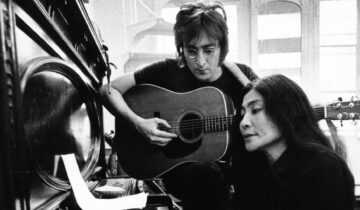Organized by The Phillips Collection, Washington, D.C., American Impressionism: Paintings from The Phillips Collection showcased 54 works from the golden age of American impressionism. Included were many of the key artists of the American impressionist movement, such as Childe Hassam, Theodore Robinson, John Henry Twatchman, J. Alden Weir, and William Lathrop. Focused largely on landscape painting, these treasured works, collected by Duncan Phillips between 1912 and 1921, are the foundation on which The Phillips Collection was built. They were assembled in this exhibition for the first time in more than a generation.
Exhibition Themes
American Impressionism
American Impressionism: Paintings from the Phillips Collection examines a variety of themes that illustrate the rise of the impressionist technique in the hands of American painters in the late nineteenth and early twentieth centuries. Adopted from the French impressionists, American artists painted outdoors (“en plein air”) at various times of day and year and worked without preliminary sketches (“alla prima”). Thus, they created an “impression” of the landscape by adopting a bright color palette, applying pure unmixed color in broken brushstrokes, and employing unique compositional elements in landscape paintings. By the 1880s, American painters adopted the French impressionist techniques and subject matter and created a fresh interpretation of the American landscape, both city and countryside.
The Intimate Landscape of Familiar Places
An artist’s need to be anchored to the rural countryside emanates as an important theme in the exhibition. Artists such as John H. Twachtman and J. Alden Weir embraced their familiar surroundings in nature for inspiration for their landscape paintings. They believed that nature provided the optical record of the landscape as well as an emotional response for the artist.
After 1900 – A New Generation of American Impressionists
The exhibition also addresses how the impressionist aesthetic was passed to a new generation of painters with the popularity of outdoor summer retreats in rural communities. Such established art colonies were Southampton, New York; Cos Cob, Connecticut; New Hope, Pennsylvania; and Gloucester, Massachusetts.
Pennsylvania Impressionists – “the democrats of new style”
This section addresses the importance of rural Pennsylvania town of New Hope and its artists who embodied the populist spirit in America in a Barbizon-inspired interpretation, according to critics and also Duncan Phillips himself. Works by William Lathrop, Robert Spencer, John Folinsbee, and others comprise the New Hope impressionists.
“Spiritualized Naturalism” and the Impressionist Landscape
This section is devoted to artists who embraced a new evocative style known as tonalism at the turn of the century. These landscape painters preferred valued nuance and ambiguity over the bright color and clarity employed by impressionist painters. These works reveal the exploration of nature as theme in conjunction with the “individual mood” of the artist, sometimes leading to a more abstract composition.









